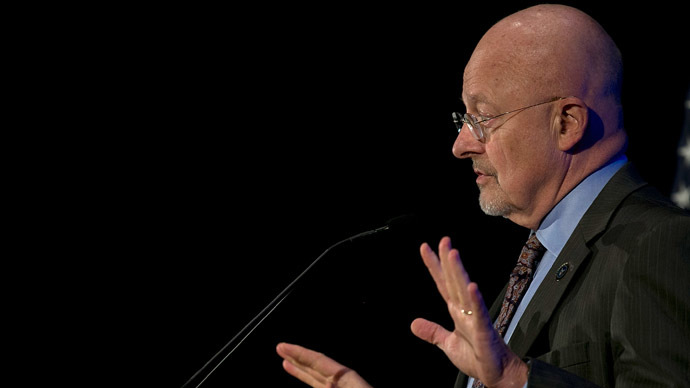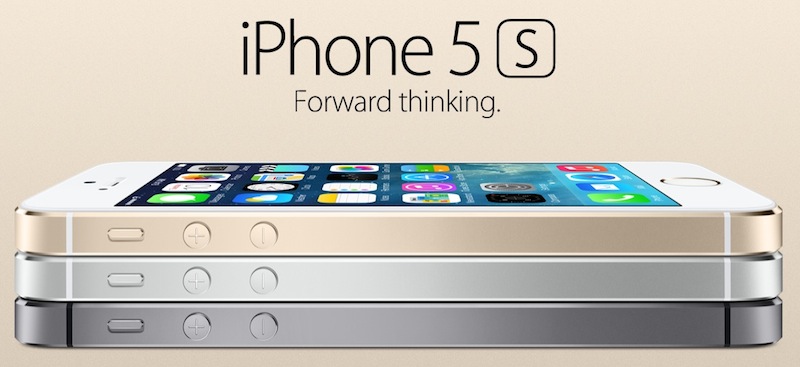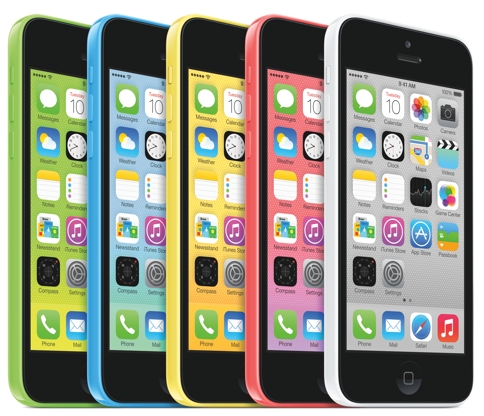The California Senate approved raising the state’s minimum wage on Thursday to $10 an hour by 2016, one of the highest rates in the nation.
The state Senate passed AB10 by a party-line vote, 26-11, approving a gradual minimum wage jump from $8 to $10 over two years.
The bill now goes to the state Assembly for what will be an almost assured passage, and then to Gov. Jerry Brown, who has expressed support for the measure.
The raise would be California’s first in six years.
On the flip side, Washington, D.C. Mayor Vincent Gray vetoed a “living wage” bill Thursday that would have mandated large retailers like Wal-Mart pay workers a higher wage.
Gray said he rejected the city-council-approved bill because it was “not a true living-wage bill,” and because its benefits would be limited to “a small fraction of the District’s workforce.”
Wal-Mart announced in 2010 its plans to build as many as six stores in the District over the coming years. The plans were put on hold with the advent of the bill, known as the Large Retailer Accountability Act (LRAA), to force powerful companies moving into the city to address their use of low-wage employment.
The legislation would require retailers with corporate sales of $1bn or more and operating District stores of at least 75,000 square feet to pay their employees no less than $12.50 an hour in combined wages and benefits. Workers who collectively bargain with employers for wages would receive an exception in the bill. Large retailers already in the District would have four years to comply.
Gray cited retailer threats, including Wal-Mart, that if the LRAA passed, they would not locate in the city.
“If I were to sign this bill into law, it would do nothing but hinder our ability to create jobs, drive away retailers, and set us back on the path to prosperity for all,” he said.
In announcing his veto in a letter to City Council Chairman Phil Mendelson — who shepherded the LRAA to passage — Gray said he would work with the Council to enact a minimum-wage increase from all employers. In an interview, Gray wouldn’t specify what hike he would advocate, only saying any increase would be “reasonable.”
Washington State currently has the highest state minimum wage, at $9.19. Some cities, such as San Francisco, have slightly higher rates.
Connecticut, New York and Rhode Island have all approved rate hikes starting in 2014, while 34 states and Puerto Rico are considering introducing legislation for their own minimum wage raises.
There are five bills in Congress regarding raising the current federal minimum wage from $7.25.
Fast-food workers across the country have rallied and walked off the job in waves this summer calling attention to their own low wages and stunted hours, though their efforts have yet to cause any employers to budge.



















